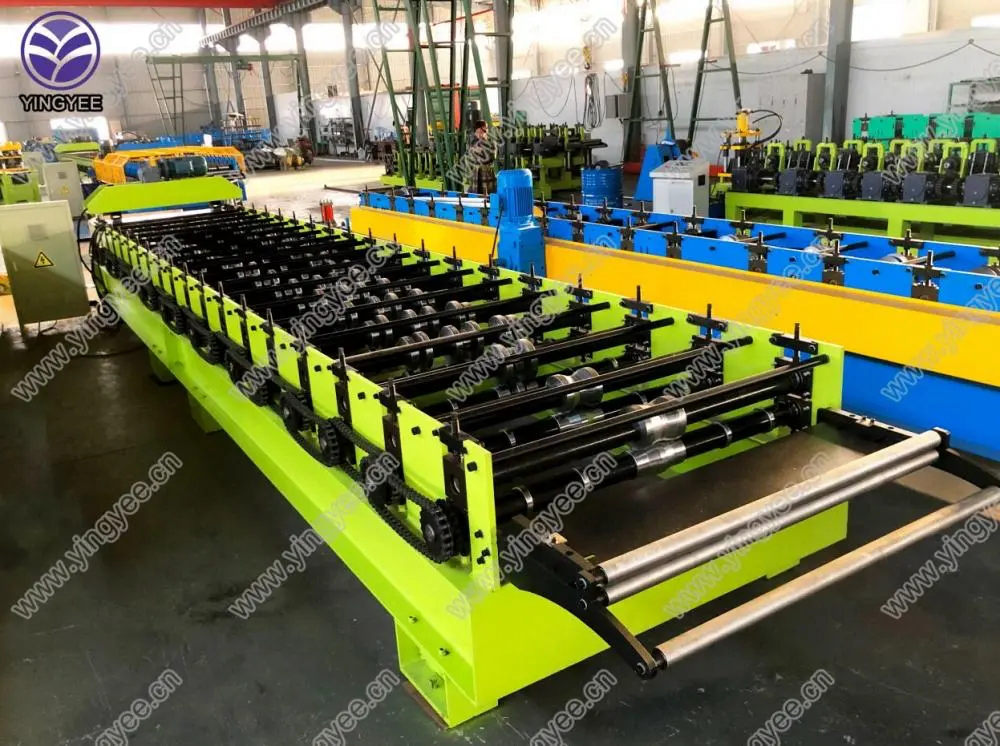
The Importance of Stainless Steel Fender Cold Bending Machines
In the modern manufacturing landscape, efficiency and precision are essential for the production of high-quality components. One area where these two factors converge is in the production of stainless steel fenders, which are indispensable in various industries, including automotive, marine, and construction. To manufacture these components effectively, stainless steel fender cold bending machines play a pivotal role.
What is a Stainless Steel Fender?
A stainless steel fender serves as a protective barrier, absorbing impact and serving as a cushion between moving objects, such as ships and docks or vehicles and protective structures. The choice of stainless steel for fenders is significant; it offers exceptional corrosion resistance, durability, and aesthetic appeal, making it a preferable material for both functional and visual aspects of the machinery.
The Function of Cold Bending Machines
Cold bending is a technique used to shape stainless steel into desired forms without the application of heat. This method retains the material properties of the steel, enhancing its strength and durability. Stainless steel fender cold bending machines are designed to perform this specific task with precision, allowing manufacturers to create fenders of various shapes and sizes.
These machines utilize advanced technology to control the bending process. They often feature programmable control systems, which enable operators to input specific parameters for each bending job. With the ability to produce consistent and repeatable results, these machines significantly reduce material waste and production time.
Advantages of Using Cold Bending Machines

1. Enhanced Precision Cold bending machines are engineered for accuracy, allowing manufacturers to achieve tight tolerances in the production of fenders. This precision is crucial in applications where every measurement matters, such as in aerodynamics or structural fitting.
2. Material Conservation As cold bending does not require heating, it eliminates the possibility of heat-induced warping or damages to the material. This characteristic ensures that less stainless steel is wasted during the bending process, leading to cost savings.
3. Improved Strength Cold bending processes work to enhance the material's mechanical properties, making the finished product stronger than those produced through traditional hot bending methods. This improvement is particularly beneficial in applications where fenders must withstand significant forces.
4. Flexibility in Design Modern cold bending machines are capable of creating complex shapes and intricate designs that may not be feasible through other manufacturing processes. This flexibility allows for greater creativity in design and enhanced functionality in the end product.
5. Reduced Downtime With automated processes and quick setup times, stainless steel fender cold bending machines can significantly reduce operational downtime. This efficiency enables manufacturers to meet tight deadlines while maintaining high-quality standards.
Conclusion
The significance of stainless steel fender cold bending machines cannot be overstated. As industries continue to demand more durable, efficient, and aesthetically pleasing protective solutions, these machines will likely become more prevalent in manufacturing settings. Investing in advanced cold bending technology not only enhances productivity but also elevates the quality of the final products. As the industry evolves, the role of these machines will be crucial in meeting future demands while upholding the principles of sustainability and precision in manufacturing. The combination of technological advancement and the inherent properties of stainless steel positions manufacturers to succeed in producing high-quality fenders that meet the diverse needs of global markets.